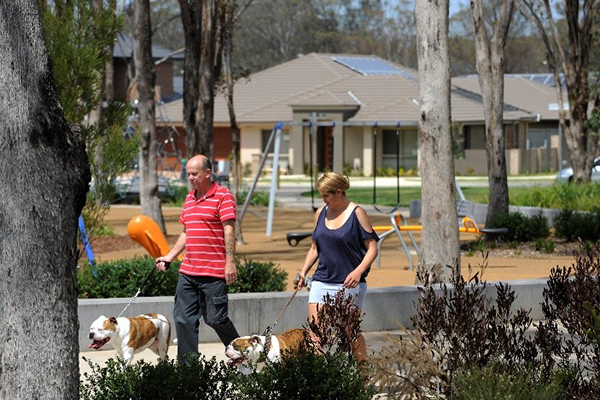Who’s who in Penrith
- Details
- Written by: Stephanie Loobeek Wood Penrith City Council (02) 4732 7777 (02) 4732 7958 council@penrithcity.nsw.gov.au https://www.penrithcity.nsw.gov.au 601 High St Penrith NSW 2750 Australia
As our city continues to grow and change, we need to know how our city will be affected and what its future needs will be.
 Where do we need to build social infrastructure and services? Is the cultural mix in our city changing? Which is the fastest growing age group? What are the most prevalent illnesses and diseases? How do we like to live – in apartment blocks or separate houses?
Where do we need to build social infrastructure and services? Is the cultural mix in our city changing? Which is the fastest growing age group? What are the most prevalent illnesses and diseases? How do we like to live – in apartment blocks or separate houses?
Council’s community profile tells us all this and more.
The data is taken from a number of sources – the latest Census (2016), community surveys, the Greater Sydney Commission’s Western City District Plan, Council records and information from other Government departments.
And this is an example of what it tells us about Penrith.
“The dominant household type in 2016 was a couple with children, making up 37.6% of households across the City, compared to 36.2% across Greater Sydney. The proportion of single parents with children in Penrith City (16.1% of households) was higher than across Greater Sydney (11.7%). Lone person households made up 16.6% of households across the City, which is less than across Greater Sydney (18.6%).”
From this information we can predict our future need for childcare and social services.
We also know from the community profile that the fastest growing age group in Penrith is 65-74 years, that the percentage of people aged 25-34 increased by 18 percent over ten years and that the highest income earners in Penrith live in Mount Vernon.
This helps us plan for future health and ageing needs.
From our community profile, we create our priorities for the area and this helps determine what we ask Government for, including better transport infrastructure like the North South Rail Link, new motorways and upgrades to existing roads.
We also use this information to negotiate with private developers for housing, parks, community centres and sporting fields.
To read the full community profile click here.

